Do you want to bring some greenery into your home, but worry about your cats? Don’t worry – there are plenty of beautiful indoor tree plants that are safe for cats, such as the Rubber Tree, Kentia Palm, Parlor Palm, Lady Palm, Ponytail Palm, Bottle Palm, and Red Fruited Palm Lily. Royal Palm and False Aralia are also among the 18 trees that are safe for cats. Keep reading to learn more about these trees and how to safely bring them into your home.
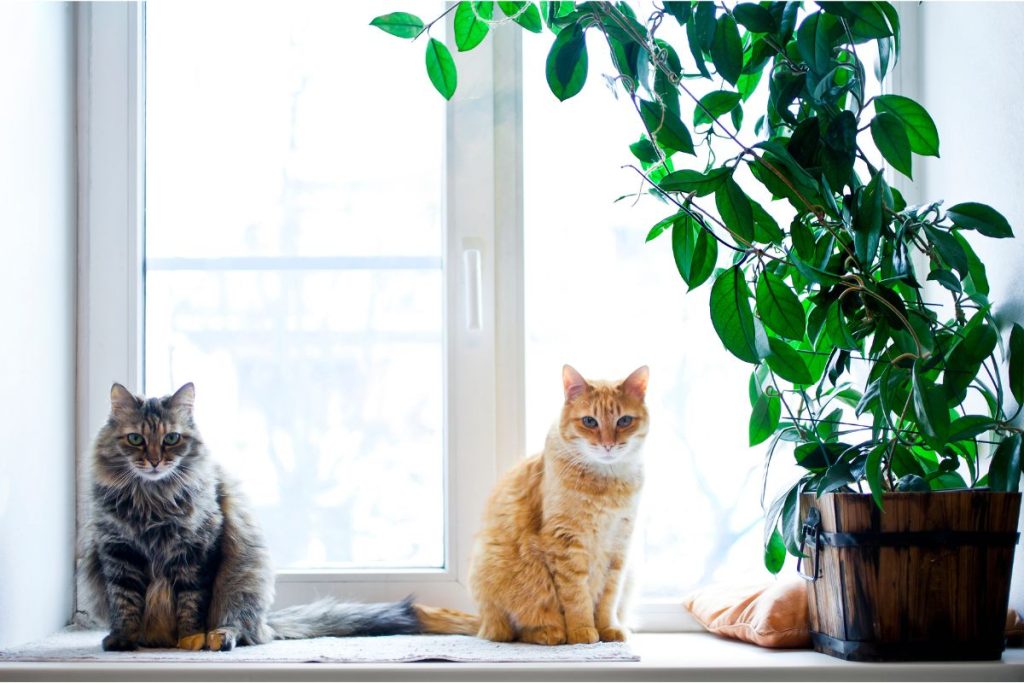
Contents
Rubber Tree

Explore the rubber tree’s benefits and safety for cats in this indoor plant. The rubber tree, or Ficus elastica, is a beautiful, low-maintenance plant that is safe for cats. This tree has a unique, glossy green leaf that is ideal for an indoor environment. The rubber tree also has an interesting trunk with an eye-catching, rubber-like texture. This tree is also known for its air-purifying properties, making it a great choice for those looking to improve the air quality in their home. Plus, since it is non-toxic, cats can explore and play around this tree without any worry of harm. With proper care, the rubber tree can be enjoyed for many years.
Kentia Palm
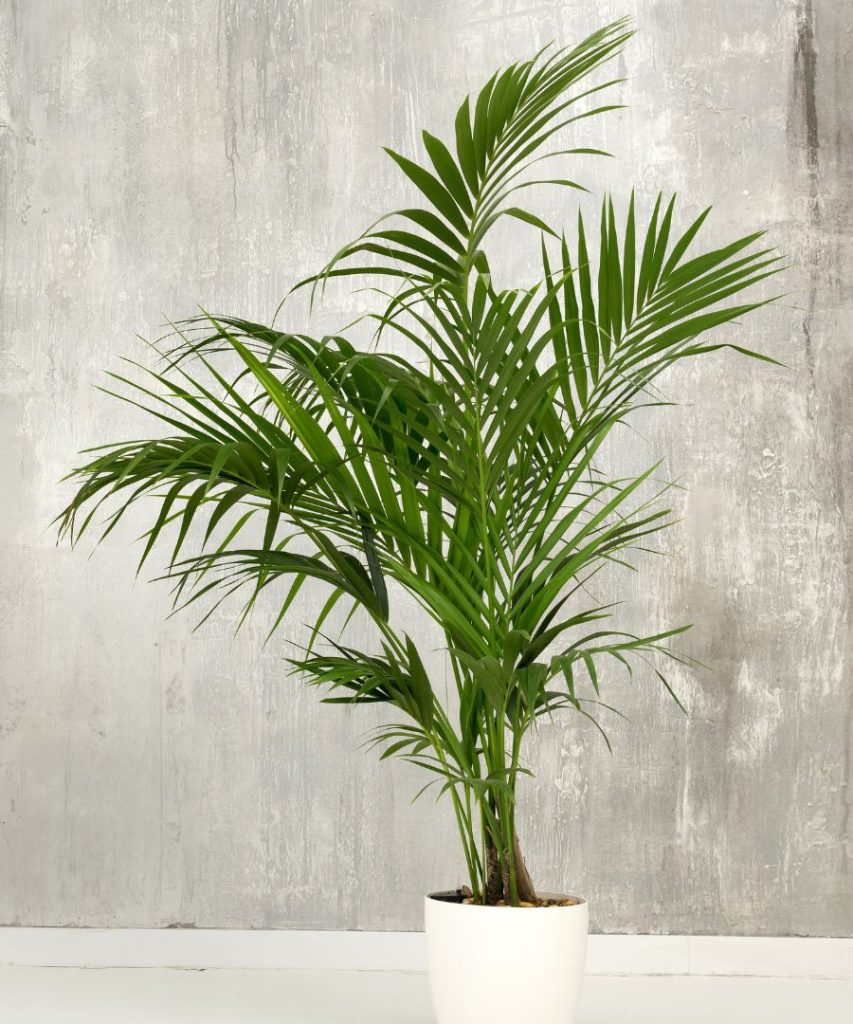
Next up, why not take a look at the Kentia palm, also known as the Howea forsteriana? This is an ideal option for pet owners who want an indoor tree that is safe for their cats. This plant is known for its slow growth and air purifying qualities, making it a practical choice for any home. It has a large fan-like foliage and can reach up to 20 feet in the wild, but indoors it will remain much shorter in stature.
The Kentia palm is also quite sturdy and tolerant of a variety of conditions. It requires low to moderate levels of light, and can even tolerate a bit of shade. It should be watered regularly, but be careful not to over-water, as it can cause root rot. The Kentia palm is also non-toxic to cats, so it’s a great choice for pet owners looking for a safe indoor tree.
Parlor Palm
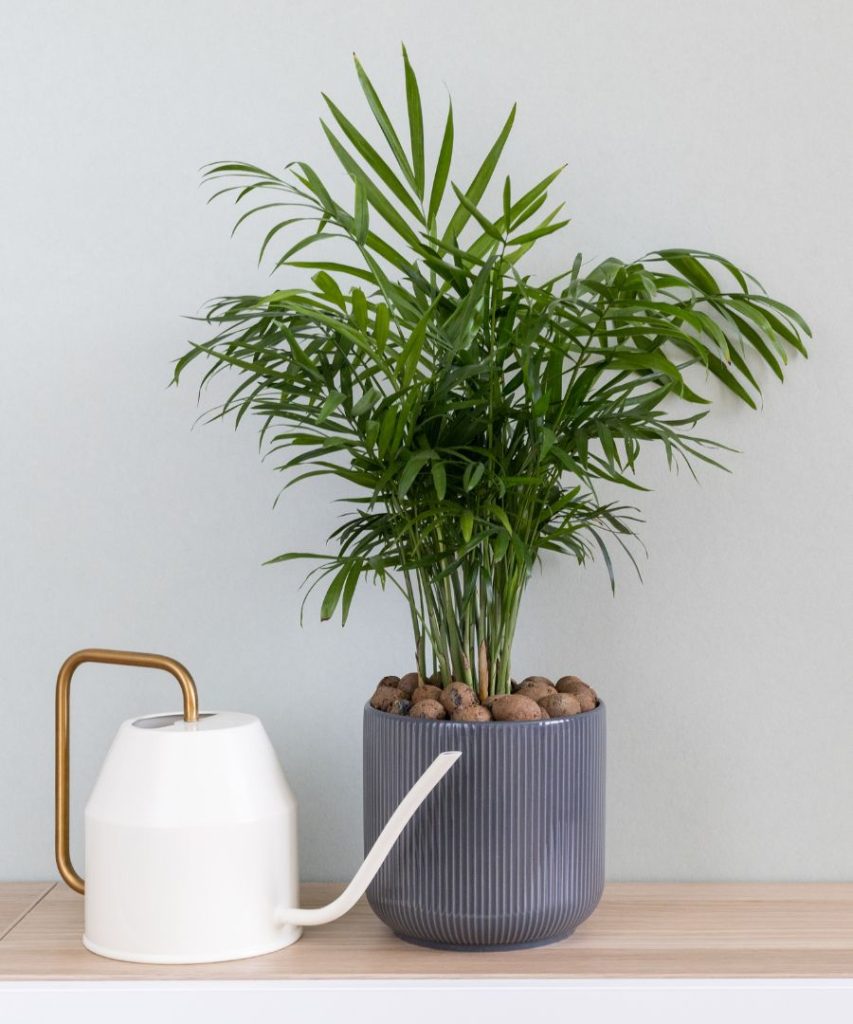
Another plant safe for cats is the Parlor palm, or Chamaedorea elegans. This evergreen plant is native to Mexico and Guatemala and has a clumping habit that makes it ideal for indoor use. Its fronds are long and arching, reaching up to 4 feet in length and displaying a variety of shapes. It prefers filtered sunlight and regular watering to keep the soil moist, but not wet. Parlor palm is also relatively low-maintenance and doesn’t require pruning or fertilizing. This makes it an ideal choice for people who want an attractive houseplant without a lot of fuss. Given the right conditions, the Parlor palm can thrive indoors, providing cats and their owners with a safe and attractive addition to the home.
Lady Palm

You can add a beautiful and safe houseplant to your home with the Lady Palm. This attractive plant is a great option for those with cats, as it is non-toxic and won’t cause any harm if ingested. The Lady Palm, also known as Rhapis excelsa, is a slow-growing, fan-like palm with slender stems and long, glossy green leaves. It can reach heights of 6-8 feet if allowed to grow to its full size, but can easily be kept smaller with regular pruning. It needs bright, indirect light and moist, well-draining soil, and should be watered when the top inch of soil is dry. The Lady Palm is an ideal choice for pet owners, as it is both attractive and safe.
Ponytail Palm
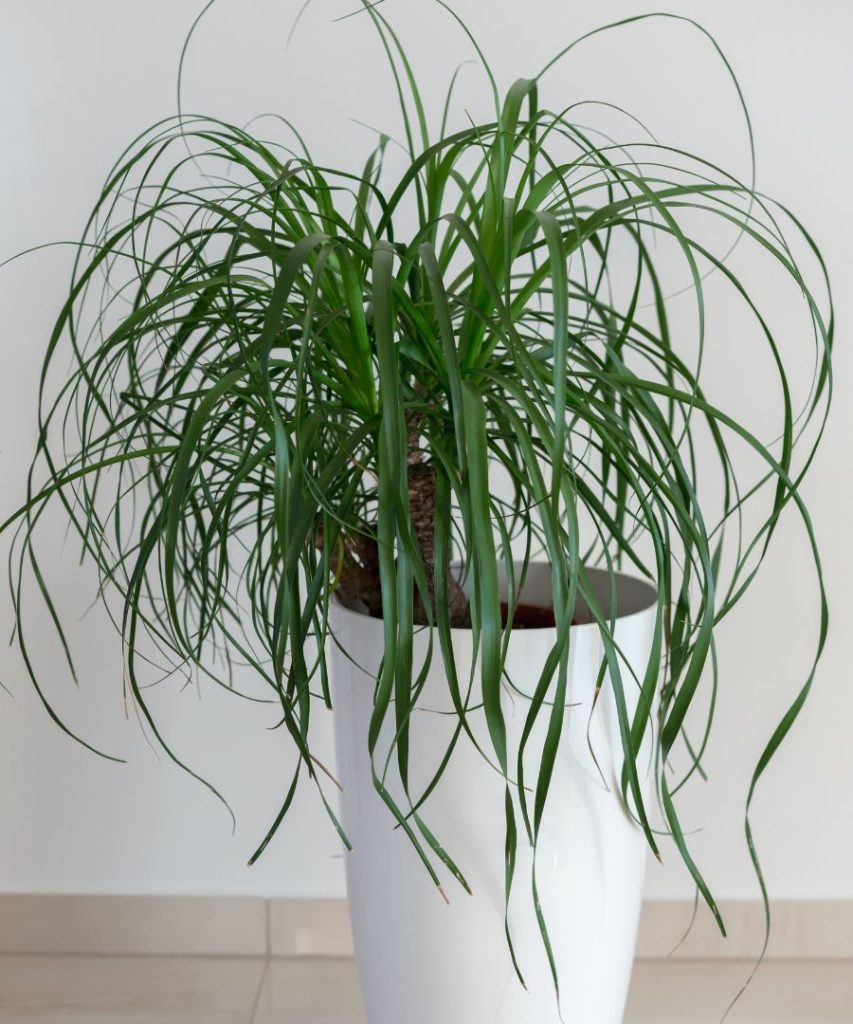
Continuing in the vein of pet-safe plants, the Ponytail Palm is another ideal choice. This species of palm tree is non-toxic to cats, making it perfect for any pet-friendly home. Its unique shape and texture also adds visual interest to any indoor space. The Ponytail Palm grows slowly, making it easy to maintain indoors. It does best in a pot with well-draining soil and in a spot with lots of indirect sunlight. Water the plant when the soil is slightly dry, and mist the leaves once a week to provide extra humidity. Keep in mind that, like all plants, this palm tree may attract cats with its leaves, so it’s best to place it in an area they can’t reach.
Chinese Windmill Palm
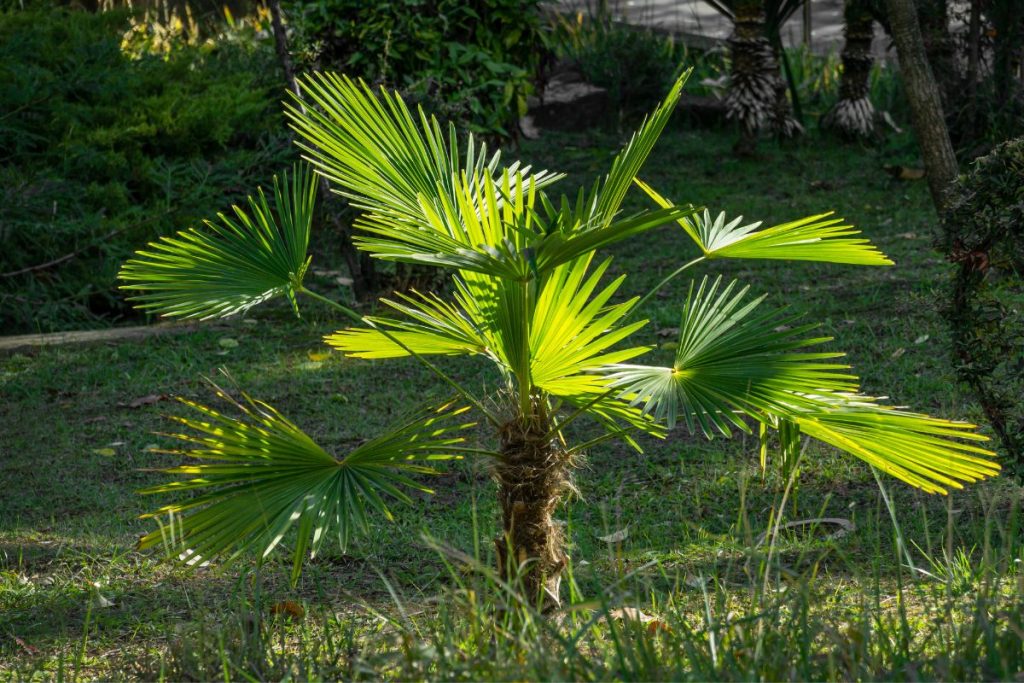
The Chinese Windmill Palm is a pet-safe tree plant suitable for any indoor space. It’s slow-growing, easy to maintain, and can thrive in low-light conditions. It has a slender trunk and fan-shaped leaves which may reach up to six feet in length. This palm is a low-toxicity plant, so it won’t harm your cat if they decide to take a nibble. Furthermore, its leaves are non-allergenic and the plant is generally pest-free. Even better, its air-purifying qualities make it an ideal choice for any indoor environment.
With the right amount of care, the Chinese Windmill Palm can easily live for up to 15 years. To keep it healthy, remember to water it once a week, mist it regularly, and keep it away from cold drafts. With its pet-safe qualities and air-purifying benefits, the Chinese Windmill Palm is the perfect choice for any cat-friendly home.
Money Tree

Another pet-safe tree plant option is the Money Tree, which can serve as an attractive addition to any indoor space. Native to Central and South America, the Money Tree is an easy-care plant that can thrive in low-light conditions and requires only minimal watering. Its glossy, deep green leaves are known to bring luck and prosperity, while its thick, braided trunk is a striking feature that makes the Money Tree a unique addition to any home.
When it comes to safety, the Money Tree is non-toxic to cats and other household pets. Additionally, its leaves and branches are sturdy enough to resist damage from pet claws. With its appealing appearance and low-maintenance care, the Money Tree is an excellent pet-safe option for any indoor space.
Pygmy Date Palm

While the Pygmy Date Palm is a pet-safe choice, it requires more care than some other indoor tree plants. It’s a slow-growing, single-trunk palm that can reach heights of up to 10 feet, and its fronds, or leaves, are long and feathery. When kept indoors, the palm needs plenty of bright, indirect sunlight, and the soil should be kept moist but not soggy.
When it’s time to water, make sure it’s room temperature or slightly warm. This helps to avoid cold shock, which can damage the plant’s roots and stems. Additionally, the fronds should be cleaned regularly with a damp cloth to remove any dust or debris, as this can inhibit photosynthesis. For those looking for an indoor tree that won’t harm their cats, the Pygmy Date Palm is a great choice, though it requires a bit more care than other indoor plants.
Norfolk Island Pine
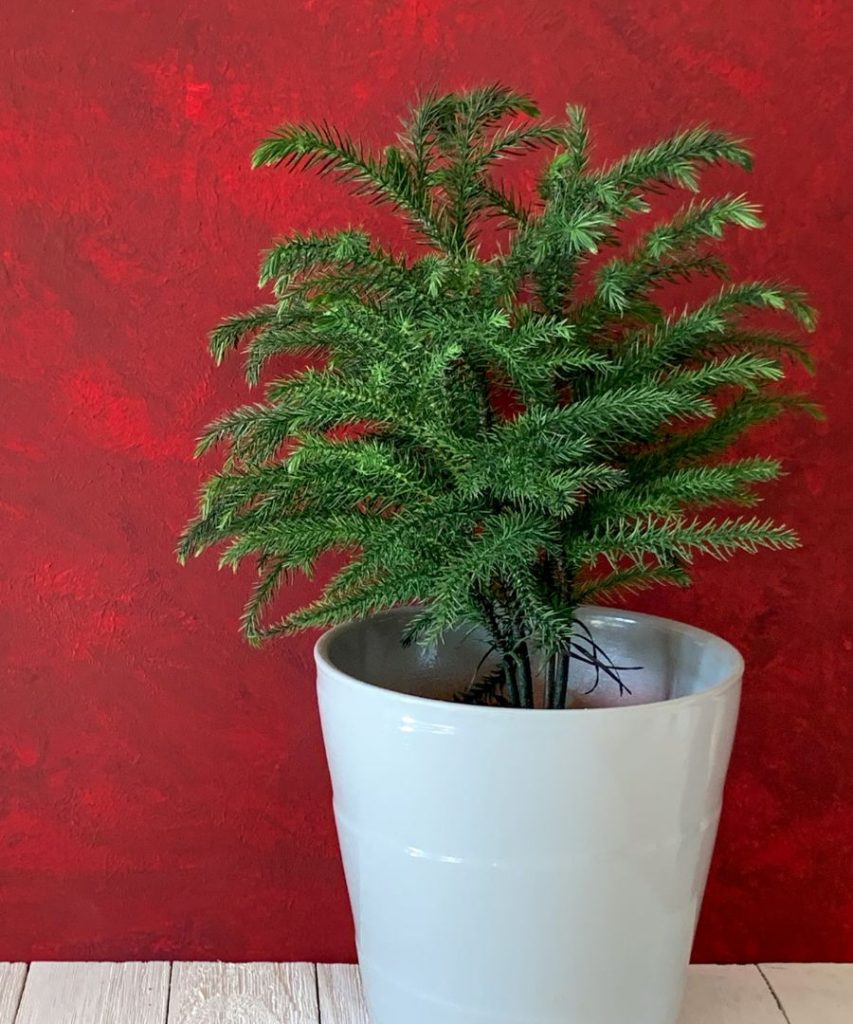
Your cat will love having a Norfolk Island Pine in your home; this coniferous evergreen tree is a pet-safe, low-maintenance option. This tropical species can reach up to 10 feet tall and provide your home with a dramatic statement piece. Not only is it beautiful, but it is also incredibly easy to care for. Keep your tree in a bright, sunny spot, and water when the soil is dry.
Be sure to use a pot with drainage to avoid root rot. Fertilizer is not necessary, though you can use a balanced fertilizer every few months. Prune your Norfolk Island Pine to maintain its size and shape. Its air-purifying qualities can help keep your home healthy and clean. Keep your cat away from the needles, however, as they can cause an upset stomach if ingested. With the right care and attention, your Norfolk Island Pine will thrive and be a safe and beautiful addition to your home.
Figleaf Palm
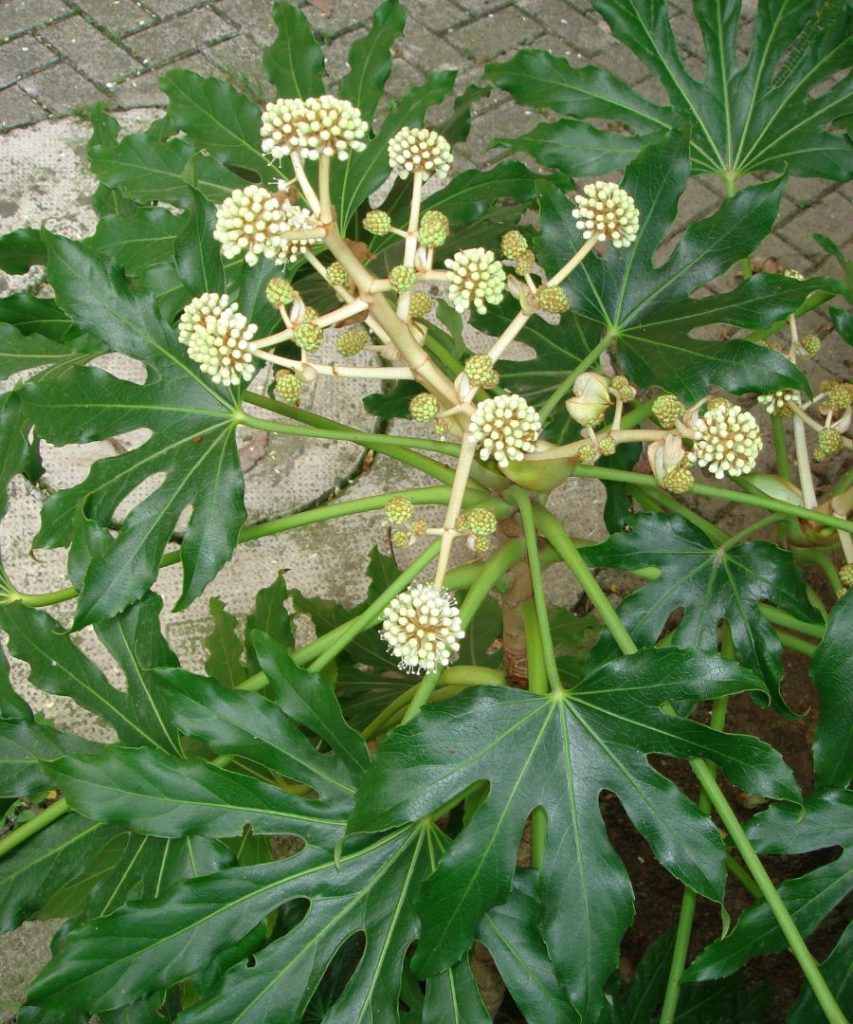
Next up is the Figleaf Palm, another pet-safe option for those looking to bring an indoor tree into their home. It’s a great choice for those who want to add a tropical look to their home without risking their cat’s safety. Its broad, fan-shaped leaves and low light requirements make it an easy-care plant.
The Figleaf Palm is also known for its air-purifying properties, making it a great choice for anyone looking to improve their home’s air quality. It is slow-growing and can reach up to 8 feet in height, but can easily be pruned to control its size. When it comes to caring for this plant, regular watering and misting will help keep its leaves healthy and vibrant. As with any indoor plant, be sure to keep it away from your cat to avoid any potential health risks.
Weeping Fig
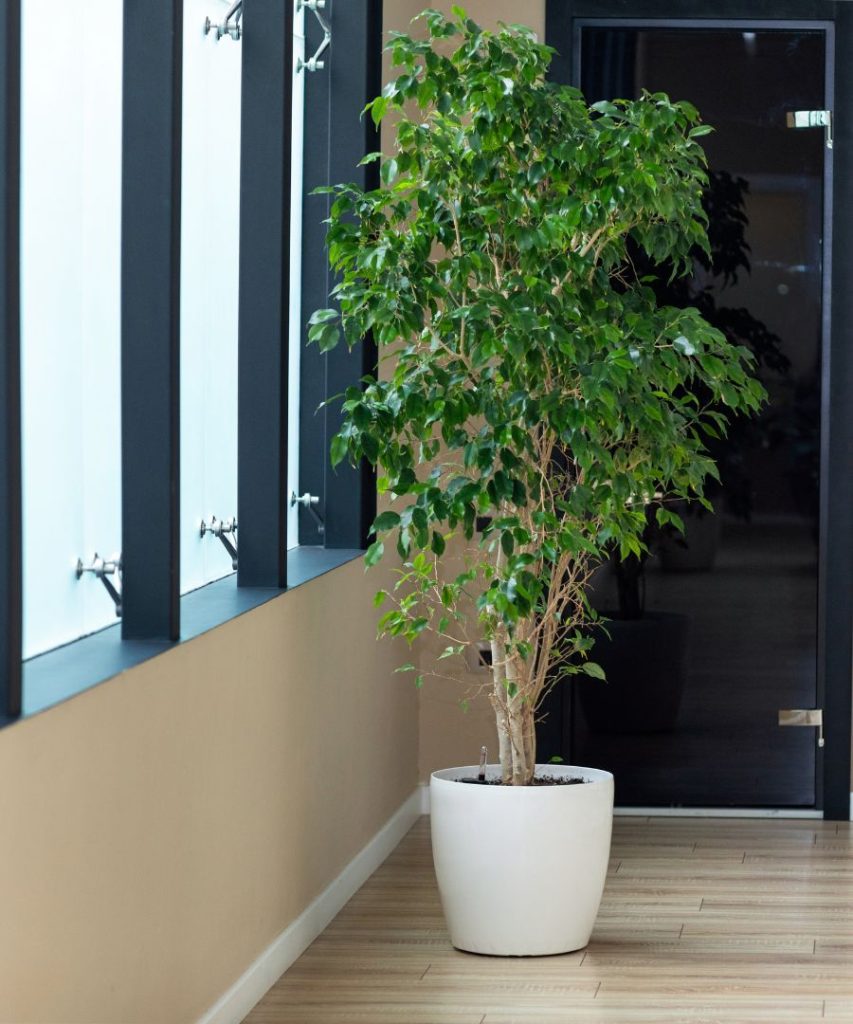
So, what about the Weeping Fig? This tropical tree, also known as the Ficus benjamina, is a popular indoor plant for its air-purifying benefits and ease of care. Its branches are adorned with a lush, glossy green foliage, making it an ideal ornamental choice. The Weeping Fig is non-toxic to cats, making it a safe option for pet-owning households. However, the leaves and sap of this plant can irritate the skin and eyes, so it’s best to keep cats away from it. To further avoid potential risks, keep the Weeping Fig away from direct sunlight and mist its leaves regularly.
Areca Palm
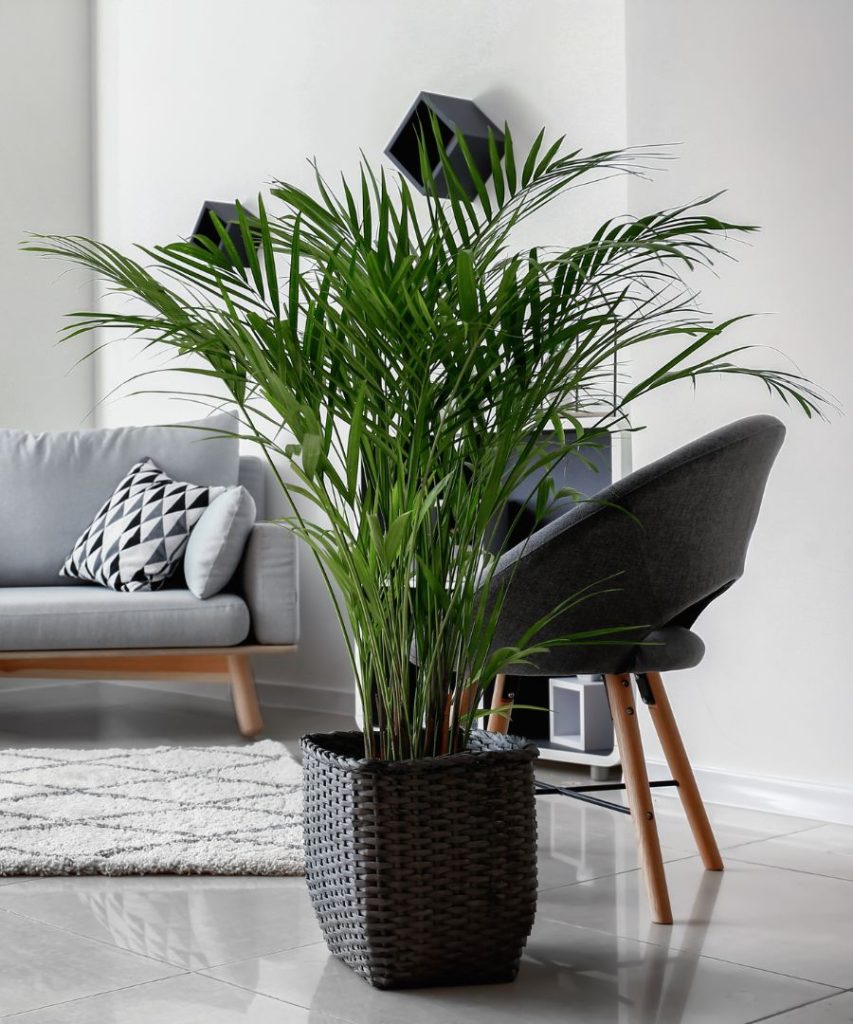
The Areca Palm, also called the Butterfly Palm or Golden Cane Palm, is a cool indoor plant to have. It looks really awesome with its pretty feathery fronds that sway gently. But here’s the thing that’s cool: it’s totally safe for cats! Yep, no worries about your furry friend getting sick if they nibble on it. The Areca Palm likes bright light but not direct sun, and if you take good care of it, it can grow into a big indoor tree. It also cleans the air, which is a nice bonus. So you can have a cool plant and a happy cat at the same time.
Banana Tree
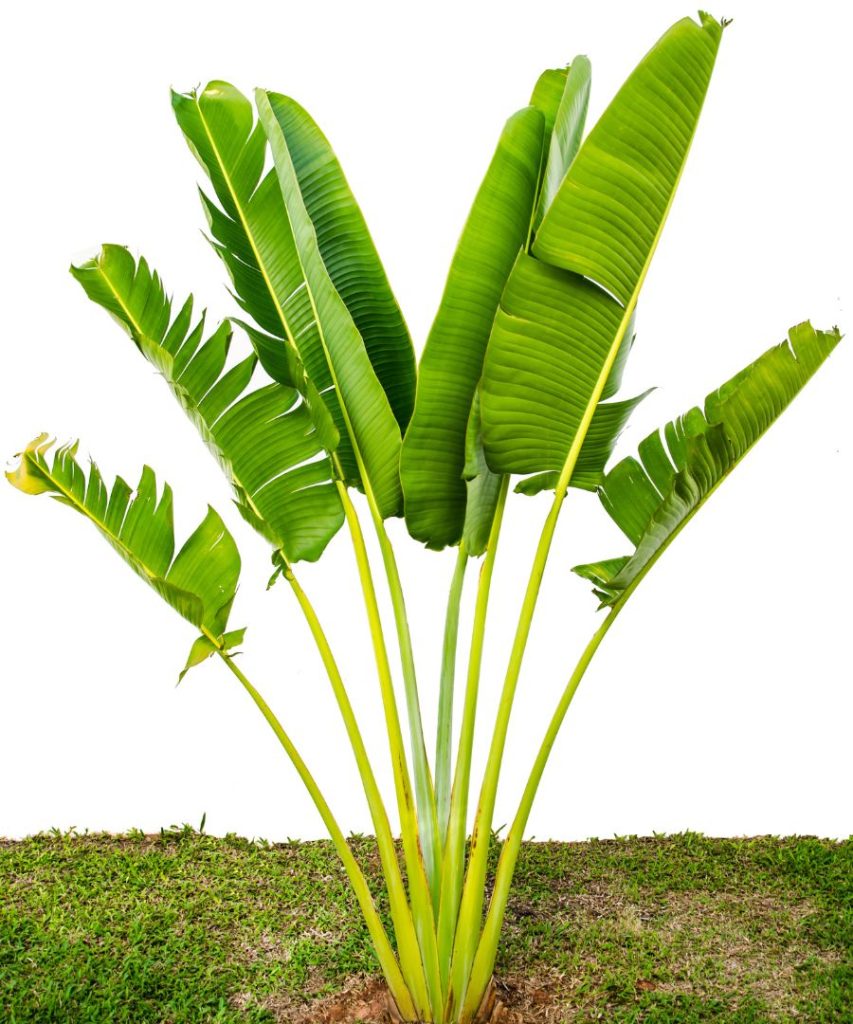
Continuing on from the Areca Palm, the Banana Tree (Musa spp.) is another indoor tree plant that can be safe for cats, as long as it is kept away from them. This tropical tree is a great addition to any home, as its fan-like leaves add an exotic flair. It can also help clean the air in your home by removing pollutants like formaldehyde and benzene.
The Banana Tree is easy to care for, as it only requires moderate watering and indirect sunlight. Its leaves may even develop yellow spots if it is getting too much light. Planting the tree in a pot with adequate drainage is key to preventing root rot. The toxic element of the Banana Tree lies in its leaves, so it is important to keep them away from cats, since they may cause digestive issues. As long as the Banana Tree is kept in a safe location, it can be an attractive and beneficial addition to the home.
Bottlebrush
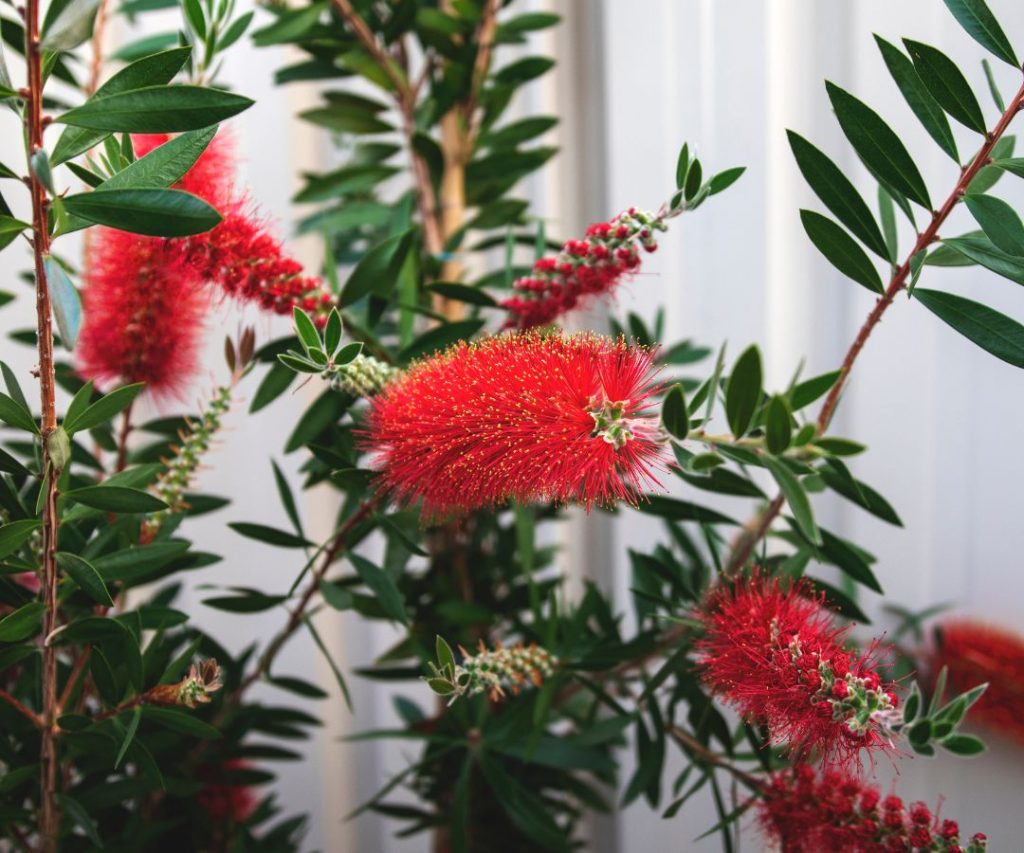
Although slightly more difficult to care for, Bottlebrush (Callistemon spp.) can still be a safe indoor tree plant for cats if kept out of their reach. It is an evergreen shrub that can reach heights of up to 15 feet, with bright green foliage and small, red flowers that resemble a brush bottle in shape. Bottlebrush is very hardy and can thrive in a variety of climates, so long as it is not exposed to extreme temperatures or humidity.
The plant prefers well-drained soil and can be watered regularly, but care should be taken to prevent waterlogging. Pruning should be done to maintain the desired shape and size. To ensure safety for cats, place the plant in a hanging basket, or keep it on a high shelf where cats can’t reach it. It is also important to keep the leaves, flowers, and berries away from cats, as they can be toxic.
Bottle Palm

You can consider adding a Bottle Palm (Hyophorbe lagenicaulis) to your indoor tree plant collection, as it is safe for cats. It features an exotic, bottle-shaped trunk with a crown of glossy, dark green fronds that can reach up to three feet in length. Bottle Palms are originally from the Mascarene Islands of Mauritius and Réunion, where they grow in tropical forests.
In home settings, they do best in bright, indirect sunlight and moist, well-draining soil. They should be watered about twice a week, and fertilized monthly in spring and summer. Bottle Palms can grow up to six feet tall, so be sure to keep an eye on their size and prune regularly as needed. With proper care, your Bottle Palm will be a beautiful addition to your home that is not only safe for cats but also safe for humans.
Red Fruited Palm Lily

You may want to try the Red Fruited Palm Lily (Cordyline rubra) for your collection of indoor tree plants, as it is safe for cats. This plant is native to Southeast Asia and is a member of the Asparagaceae family. It is an evergreen, herbaceous shrub with long, sword-shaped leaves. The leaves have a reddish-purple hue and are accented by a panicle of fragrant, pinkish-white flowers. When the flowers die, they are replaced by bright red, edible fruits.\
This plant is easy to care for, requiring only indirect sunlight and moist soil. It is also free of toxic chemicals that can harm cats, making it an ideal choice for a pet-friendly home.
Royal Palm

Continuing on from the Red Fruited Palm Lily, another indoor tree plant safe for cats is the Royal Palm (Roystonea regia). This large palm is native to the Caribbean and South Florida, and can reach heights of up to 80 feet. It’s a popular choice for indoors because it grows slowly and is relatively low maintenance.
The Royal Palm is an evergreen with long, bright green fronds and a smooth grey trunk. It’s also pet-safe, with no toxic elements to cats or other small animals. It does, however, need a lot of space to grow, so it’s not suitable for small apartments. It’s important to provide plenty of sunlight and keep the soil moist. With proper care, the Royal Palm can thrive indoors and provide a beautiful, safe environment for you and your cats.
False Aralia
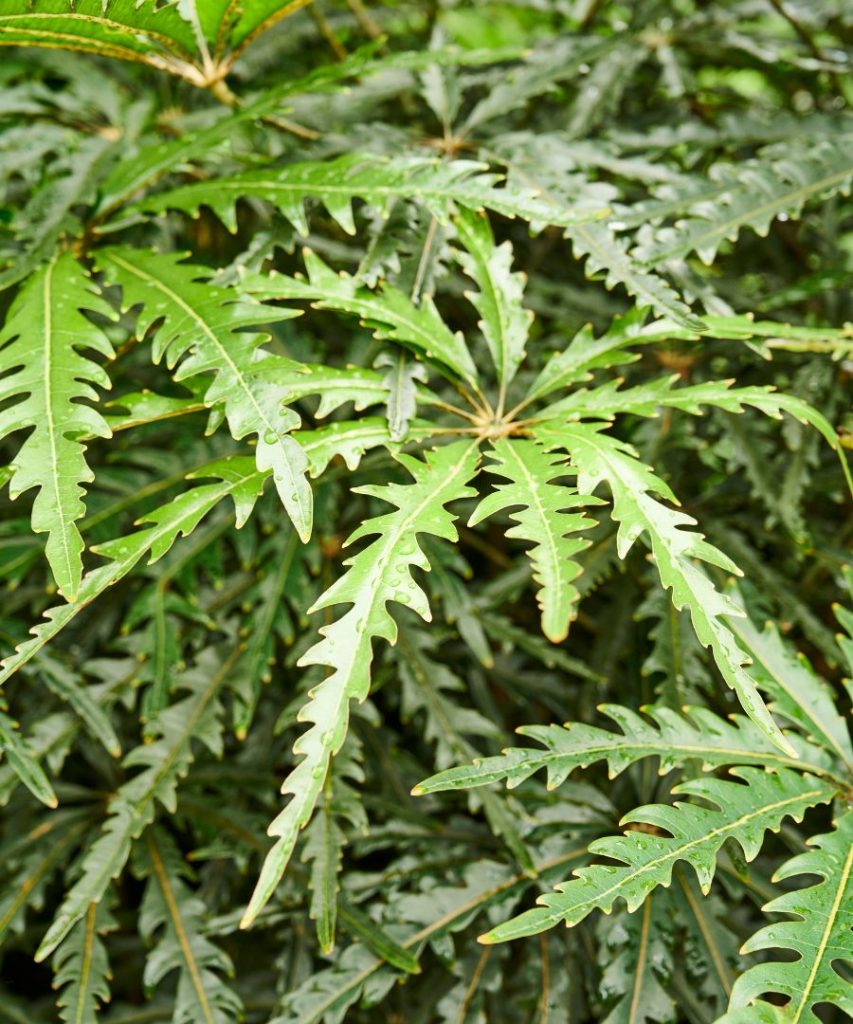
The False Aralia, also known as Plerandra elegantissima, is a great choice of indoor tree plant for cat owners. This plant is non-toxic to cats, so it is safe to have in your home. Its dark green and purple leaves are attractive and provide a lush, tropical look. False Aralia plants can reach up to six feet in height, but they are generally slow-growing, so they won’t take up too much space.
False Aralia is also easy to care for, requiring only minimal watering and occasional pruning to keep it looking healthy. It is important to keep the plant away from drafts and direct sunlight, as this could cause it to become stressed and die. With the proper care, the False Aralia can be a beautiful and safe addition to your home.
Conclusion
With a wide variety of indoor tree plants, there are plenty of options to choose from for cat owners. Rubber Trees, Kentia Palms, Parlor Palms, Lady Palms, Ponytail Palms, Bottle Palms, Red Fruited Palm Lilies, and Royal Palms are all safe for cats and make great additions to any home. So breathe easy and enjoy the beauty of these indoor trees without worrying about your furry friend!
